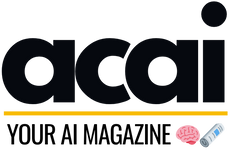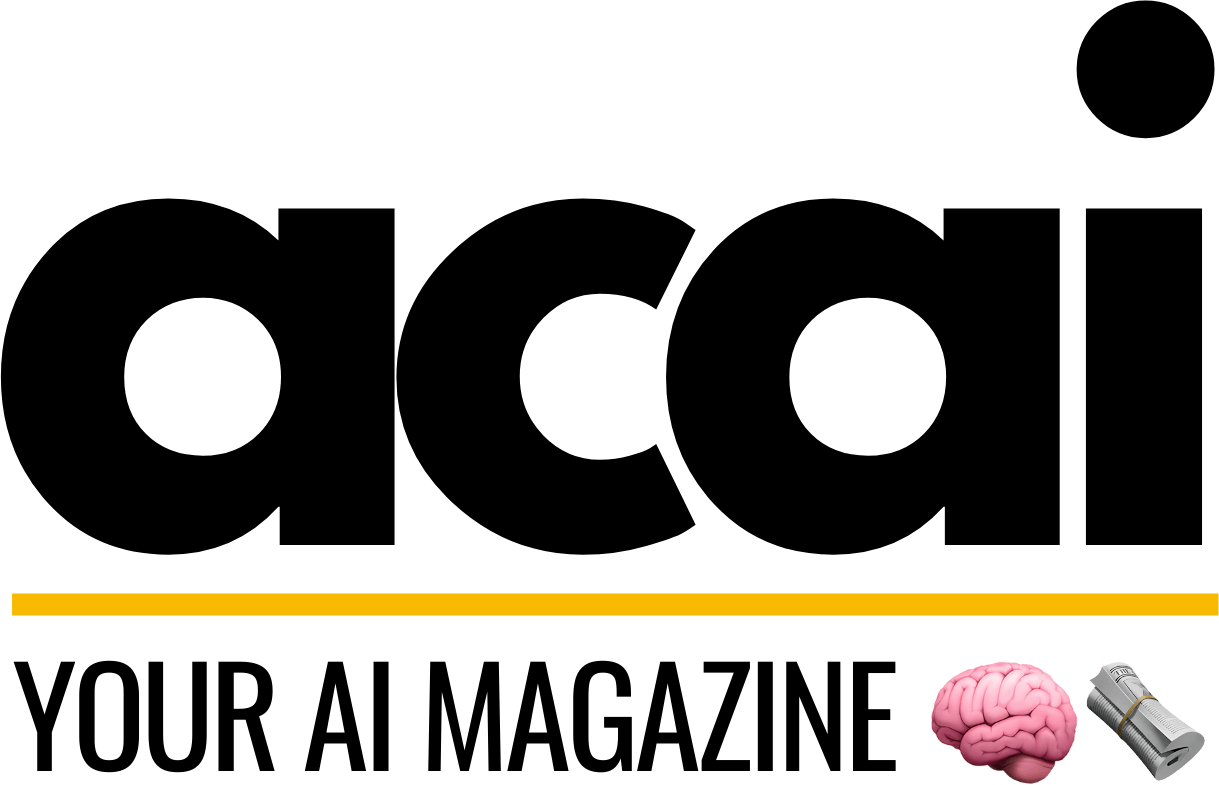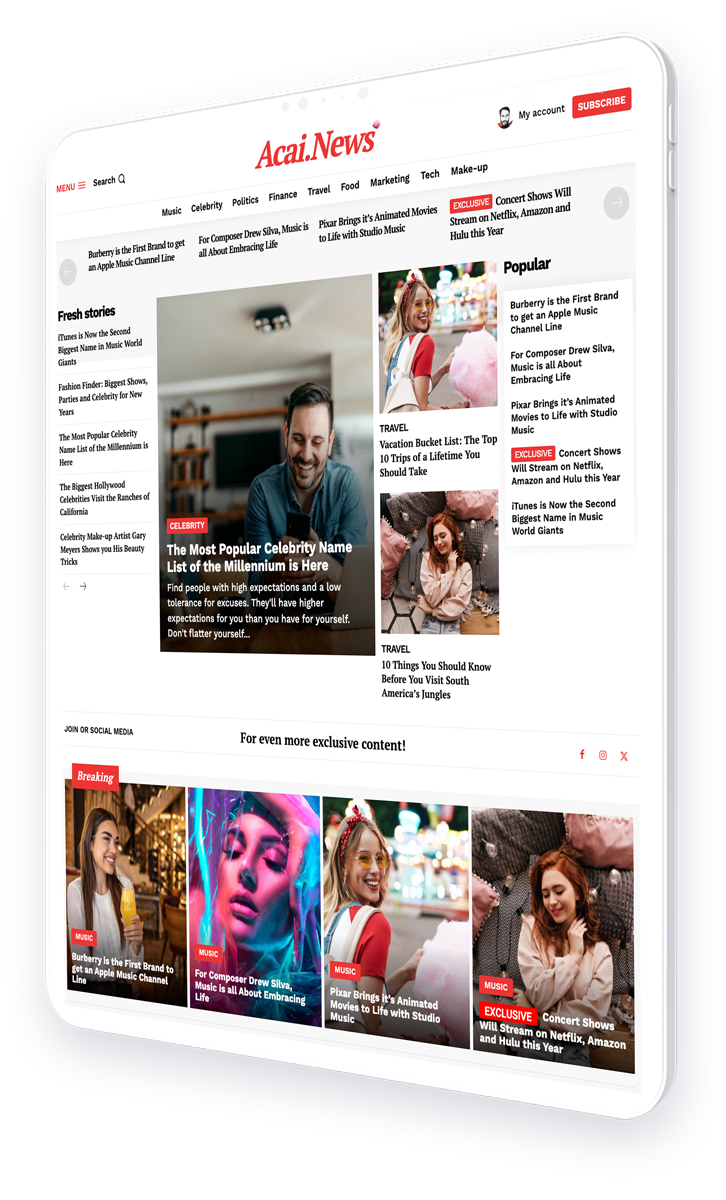Analyzing AI’s capabilities in content creation and management compared to human professionals
In the rapidly evolving landscape of digital content, the question of whether artificial intelligence (AI) can replace human content managers is more pertinent than ever. As AI technologies advance, they are increasingly being integrated into various aspects of content creation and management. This article delves into the capabilities of AI in content editing and management, comparing them to the skills and expertise of human professionals. We will explore the strengths and weaknesses of both, supported by examples, case studies, and statistics, to determine who is the best editor for a corporate magazine.
The Rise of AI in Content Creation
AI has made significant strides in content creation, with tools like OpenAI’s GPT-3 and Google’s BERT leading the charge. These technologies can generate human-like text, analyze large datasets, and even predict content trends. The potential of AI in content creation is vast, but how does it stack up against human editors?
AI’s Capabilities in Content Creation
- Speed and Efficiency: AI can process and generate content at a speed that far surpasses human capabilities. This efficiency is particularly beneficial for tasks that require handling large volumes of data or producing content quickly.
- Data-Driven Insights: AI can analyze vast amounts of data to identify trends and patterns, providing valuable insights that can inform content strategy.
- Consistency: AI can maintain a consistent tone and style across different pieces of content, which is crucial for brand identity.
Despite these advantages, AI is not without its limitations. It lacks the ability to understand context and nuance in the way humans do, which can lead to content that feels mechanical or lacks emotional depth.
Case Study: AI in Action
A notable example of AI in content creation is the Associated Press, which uses AI to automate the production of earnings reports. This has allowed them to increase the volume of reports produced while freeing up human journalists to focus on more complex stories. However, the reports generated by AI are formulaic and lack the depth and analysis that a human editor might provide.
The Human Touch: Content Managers’ Role
Content managers bring a unique set of skills to the table that AI currently cannot replicate. Their ability to understand context, emotion, and cultural nuances is invaluable in creating engaging and meaningful content.
Strengths of Human Content Managers
- Creativity and Innovation: Human editors can think outside the box, bringing creativity and innovation to content that AI cannot match.
- Emotional Intelligence: Understanding the emotional impact of content is crucial for engagement, and this is an area where humans excel.
- Adaptability: Human editors can adapt to changing circumstances and unexpected challenges, making them more flexible than AI.
While human editors have these strengths, they also face challenges such as time constraints and the potential for bias, which can affect content quality.
Case Study: Human Editors in Action
The New Yorker is renowned for its high-quality content, much of which is attributed to its team of skilled human editors. They meticulously review each piece, ensuring it meets the publication’s standards for style, tone, and accuracy. This level of scrutiny and attention to detail is something that AI has yet to achieve.
AI vs. Human Editors: A Comparative Analysis
To determine who is the best editor for a corporate magazine, we must consider the strengths and weaknesses of both AI and human editors.
Strengths of AI
- Efficiency in handling large volumes of data
- Ability to provide data-driven insights
- Consistency in tone and style
Weaknesses of AI
- Lack of understanding of context and nuance
- Inability to create emotionally engaging content
- Limited creativity and innovation
Strengths of Human Editors
- Creativity and innovation
- Emotional intelligence and understanding of cultural nuances
- Adaptability and flexibility
Weaknesses of Human Editors
- Potential for bias
- Time constraints
- Inconsistency in tone and style
While AI offers efficiency and data-driven insights, human editors bring creativity, emotional intelligence, and adaptability to the table. The best approach may be a combination of both, leveraging AI for tasks that require speed and data analysis while relying on human editors for creativity and emotional engagement.
The Future of Content Editing: A Hybrid Approach
As AI continues to evolve, the future of content editing is likely to be a hybrid approach that combines the strengths of both AI and human editors. This approach can enhance efficiency while maintaining the creativity and emotional depth that only humans can provide.
For instance, AI can be used to generate initial drafts or analyze data to inform content strategy, while human editors can refine the content, ensuring it resonates with the audience. This collaboration can lead to higher-quality content that meets the demands of modern audiences.
According to a report by Forbes, companies that adopt a hybrid approach to content creation and management are likely to see improved efficiency and engagement.
Conclusion: The Best Editor for a Corporate Magazine
In conclusion, the question of whether AI or human editors are the best choice for a corporate magazine does not have a straightforward answer. Both have their strengths and weaknesses, and the best approach is likely a combination of both. AI can handle tasks that require speed and data analysis, while human editors bring creativity, emotional intelligence, and adaptability to the table.
By leveraging the strengths of both AI and human editors, companies can create high-quality content that meets the demands of modern audiences. As technology continues to evolve, the role of AI in content creation and management will likely grow, but the human touch will remain invaluable in creating engaging and meaningful content.
Ultimately, the best editor for a corporate magazine is not AI or human editors alone, but a collaborative approach that combines the strengths of both.




